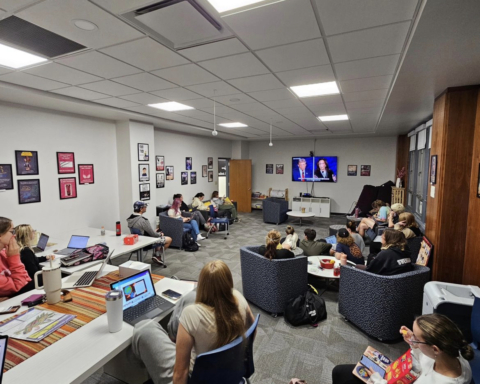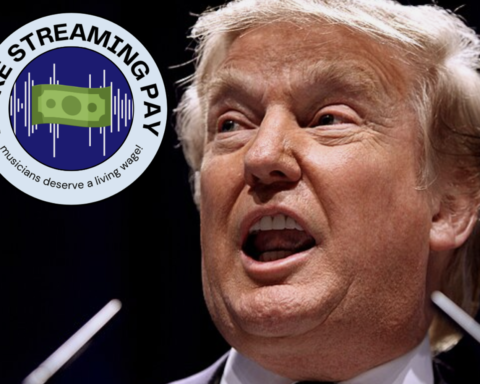By Luke Gobel, staff writer
Tuesday, Feb. 11, the U.S. presidential campaign took another step torward the race with the New Hampshire primary election. The election made democratic candidate Sen. Bernie Sanders the official front-runner for the Democratic Party after winning New Hampshire, despite getting fewer votes than his 2016 run, likely due to the larger number of Democratic candidates this year. However, the democratic race saw three candidates drop out after the election: Sen. Michael Bennet, Gov. Deval Patrick and Andrew Yang. Although Sanders claimed victory with 26% of the vote, the election was close, as Mayor Pete Buttigieg took second with 24%. Buttigieg still has around the same number of delegates. Sen. Amy Klobuchar managed to take third, overpowering the polls and managing to beat former VP Joe Biden and Sen. Elizabeth Warren, who were both front runners at points earlier in the race. Klobuchar claimed 20 percent of the vote. Neither Biden or Warren were able to break 10 percent in the polls or lay claim to any of New Hampshire’s 24 delegates.
As of now, Sanders’s closest competition is Buttigieg, despite the fact that he holds little support among black voters. While Buttigieg represents the more moderate Democratic voters, Sanders leans far more to the left and is a self-proclaimed socialist.
While this may be indicative of the democratic leanings in New Hampshire, the caucus in Nevada and primary in South Carolina will provide further information on the opinion of the Democratic voters throughout the country. Few candidates are able to match Sanders in terms of campaign funding either. Former mayor of New York, Michael Bloomberg, is one of few candidates with both the funding and support to be able to rival Sanders in the long run, as even Buttigieg is tens of millions of dollars behind Sanders in terms of campaign funds.
The Republican side of the primary followed the polls as predicted, with Donald Trump claiming an overwhelming victory once again, taking 85% of the votes and all delegates, followed by Bill Weld in second, the closest republican candidate to Trump, coming in at 9.1 percent.
With Iowa and New Hampshire being about 92 percent white and Nevada and South Carolina being about 66% percent white, the voting pattern will look substantially different due to the larger demographic of non-white voters.
While the primary race still has a long way to go and will continue throughout the year, the results for Nevada and South Carolina will be difficult to predict as there have not been new polls since the month of January.
The early two primaries are very important for momentum in the primary process, but the next two states will begin to reveal what Democratic voters of color want to see facing up against the incumbent President Trump.
gobellz17@bonaventure.edu








